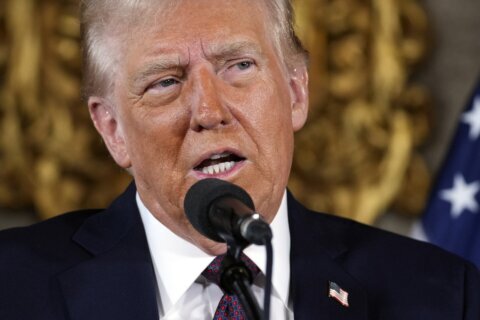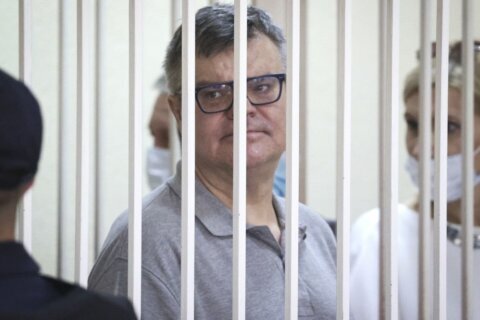BEIJING (AP) — China on Saturday successfully recovered an experimental spacecraft that flew around the moon and back in a test run for the country’s first unmanned return trip to the lunar surface.
The eight-day trip marked the first time in almost four decades that a spacecraft has returned to Earth after traveling around the moon. China plans to send a spacecraft to the moon in 2017 and have it return to Earth after collecting soil samples.
If successful, that future mission would make burgeoning space power China only the third country after the United States and Russia to meet such a challenge.
China’s lunar exploration program has already launched a pair of orbiting lunar probes and last year landed a craft on the moon with a rover onboard. None of those were designed to return to earth.
China has also hinted at a possible crewed mission to the moon at a future date if officials decide to combine the human spaceflight and lunar exploration programs.
The latest mission was aimed at obtaining experimental data and testing technologies for re-entry to Earth’s atmosphere involving guidance, navigation and control, heat shield designs, and trajectory fine-tuning for the future moonlander, christened Chang’e 5.
The spacecraft returned to Earth using a Soviet-designed method in which it first bounced off the atmosphere in order to slow its entry speed and avoid burning up. It then landed on the grasslands of Inner Mongolia just before dawn.
China sent its first astronaut into space in 2003, becoming the third nation after Russia and the U.S. to achieve manned space travel independently. It has since launched a temporarily crewed space station and conducted a spacewalk.
China’s program has received Russian assistance but has developed independently of America’s, which is now in its sixth decade of putting people into space and has long-term plans to go to an asteroid and Mars.
Alongside the manned and lunar programs, China is developing the Long March 5 heavier-lift rocket needed to launch a more permanent space station to be called Tiangong 2.
Copyright 2014 The Associated Press. All rights reserved. This material may not be published, broadcast, rewritten or redistributed.







